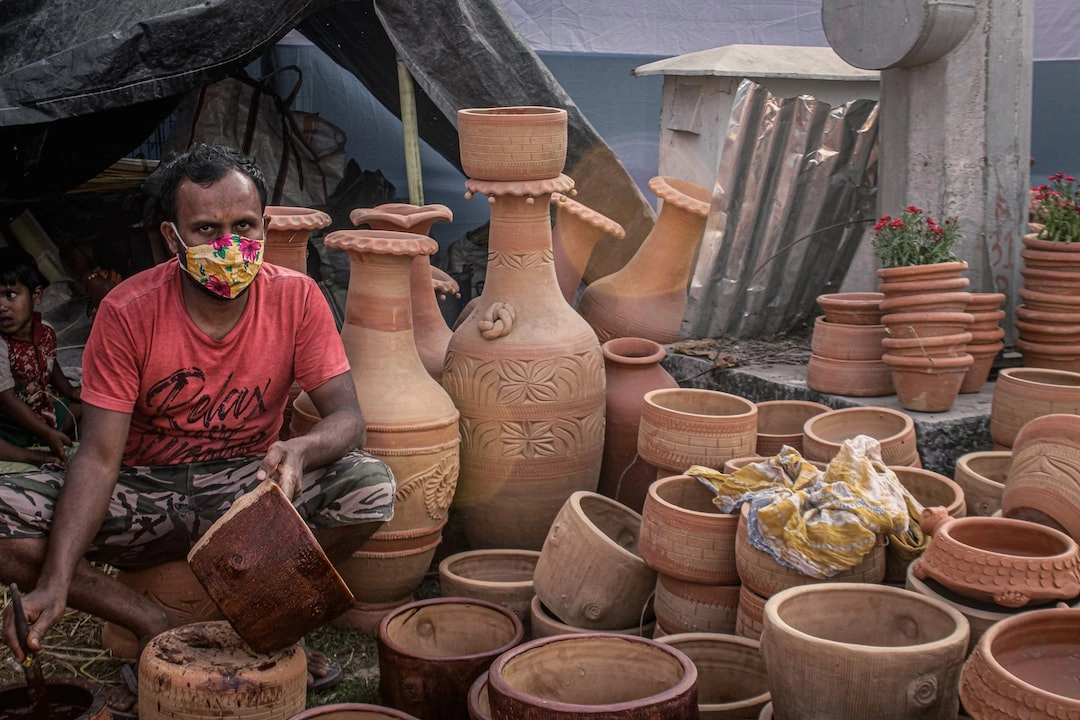
What is Soil Erosion?
Soil erosion refers to the natural process of the displacement of soil particles from one place to another, primarily due to the action of wind, water, or human activities. It is a gradual yet significant process that degrades the quality of soil and poses numerous challenges to the environment, ecosystems, and agricultural productivity.
Real-World Problems Associated with Soil Erosion
Soil erosion has wide-ranging and severe consequences, impacting both environmental and human well-being. Let’s explore some of the key problems resulting from soil erosion:
1. Loss of Fertile Soil
As the top layer of nutrient-rich soil erodes, fertile soil is lost, negatively impacting agricultural productivity. This loss of topsoil reduces the nutrient content necessary for plant growth, leading to decreased crop yields and food shortages. Ultimately, this threatens global food security and livelihoods.
2. Reduced Water Quality
When soil erodes, it often ends up in nearby water bodies, such as rivers, lakes, and oceans. This sediment runoff can lead to increased water pollution, as it carries with it harmful chemicals, fertilizers, and pesticides. The degraded water quality not only affects aquatic life but also poses risks to human health if consumed or used for irrigation.
3. Destruction of Natural Habitats
Soil erosion can have severe consequences for native plant and animal species. As soil is washed or blown away, vital habitats for many organisms are destroyed. This loss of habitat disrupts ecosystems, leading to a decline in biodiversity and imbalanced ecological relationships.
4. Increased Flooding and Landslides
Erosion removes the protective layer of vegetation and exposes the bare ground. This results in decreased soil stability and increased vulnerability to extreme weather events. Without the natural buffering effect of vegetation and healthy soil, areas prone to erosion are more susceptible to flooding and landslides, posing significant threats to human settlements and infrastructure.

Potential Solutions to Soil Erosion
Addressing soil erosion requires a combination of preventive measures, conservation practices, and active restoration efforts. Here are some potential solutions:
1. Implementing Soil Conservation Techniques
By adopting soil conservation techniques such as contour plowing, terracing, and strip cropping, we can minimize the impact of erosion. These practices help control water flow and encourage the retention of soil particles, reducing erosion rates and preserving topsoil.
2. Promoting Sustainable Agricultural Practices
Encouraging farmers to adopt sustainable agricultural practices is essential. This includes practicing crop rotation, maintaining proper ground cover, and reducing chemical inputs. These measures help improve soil structure, promote organic matter content, and reduce erosion risks.
3. Restoring Eroded Areas through Reforestation
Reforestation efforts can play a significant role in tackling soil erosion. Planting trees and restoring native vegetation helps stabilize soil, enhances water retention, and reduces the likelihood of erosion events. Moreover, the root systems of trees and plants act as natural anchors, preventing soil loss.
4. Encouraging Proper Land Management
Effective land management practices involve ensuring proper land use planning, minimizing land clearance, and promoting responsible construction techniques. By avoiding excessive deforestation, urban sprawl, and inappropriate land development, we can protect vulnerable areas from erosion and maintain the integrity of soils.
5. Educating and Raising Awareness
Education and awareness initiatives play a vital role in combating soil erosion. By promoting sustainable land management practices, providing resources for farmers, and highlighting the importance of soil conservation, we can foster a collective effort in protecting our soils and mitigating erosion risks.















